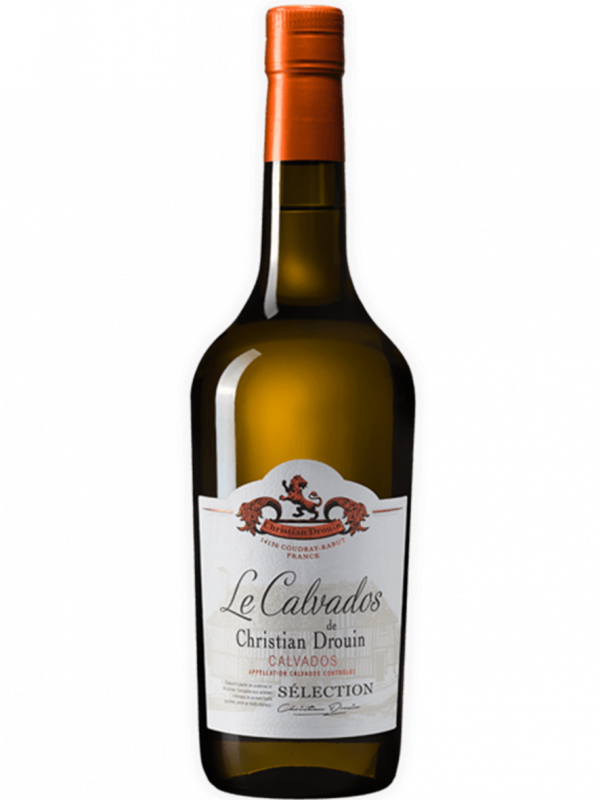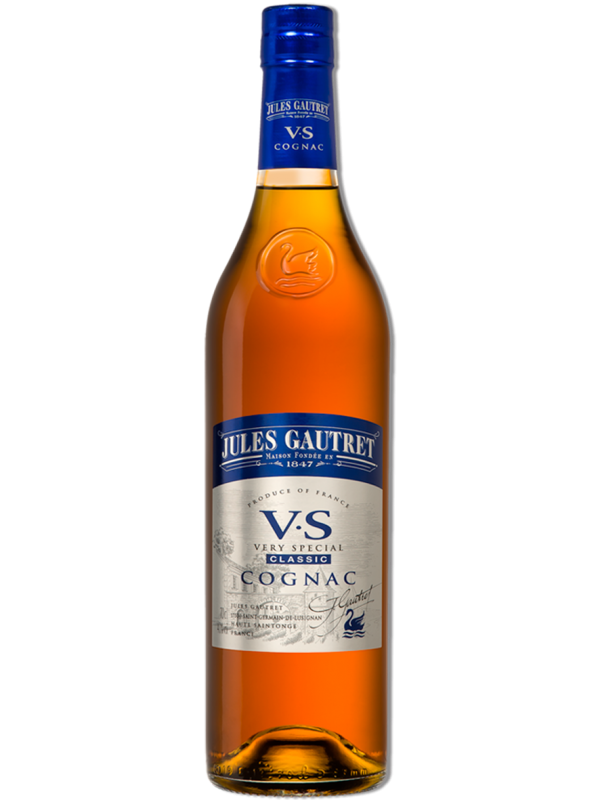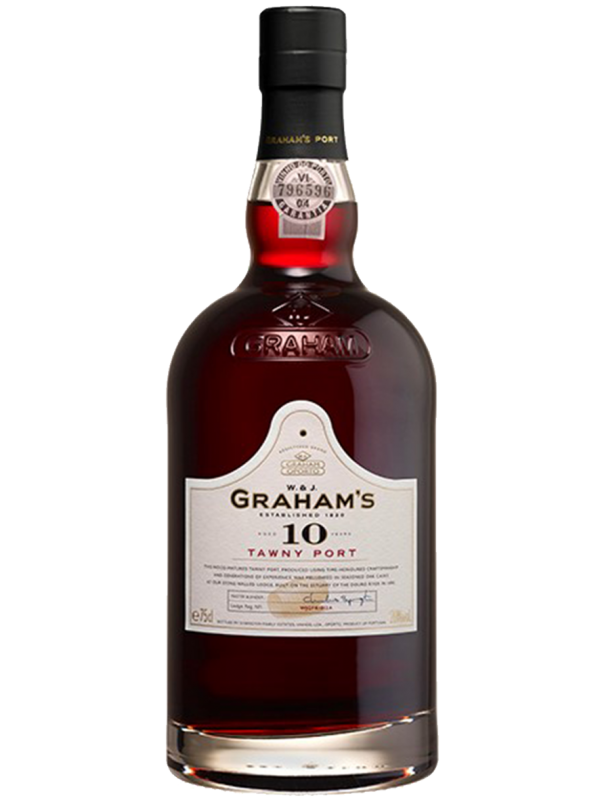Lovers of rare and elegant spirits, we have been sourcing for years, the artisnal spirits of the best estates in different regions of France & Portugal… Our collection patiently acquired over the years represents all the richness of spirits and fortified wines history heritage.
Choose your favorite kind of spirits :
Absinthe
Absinthe is historically described as a distilled, highly alcoholic beverage. It is an anise-flavoured spirit derived from botanicals, including the flowers and leaves of Artemisia absinthium (“grand wormwood”), together with green anise, sweet fennel, and other medicinal and culinary herbs.
Discover our Absinthes from Paul Devoille :
Armagnac
Armagnac is a distinctive kind of brandy produced in the Armagnac regionin Gascony, southwest France. It is distilled from wine usually made from a blend of grapes including Baco 22A, Colombard, Folle blanche and Ugni blanc, traditionally using column stills rather than the pot stills used in the production of cognac, which is made only from ugni blanc grapes. The resulting spirit is then aged in oak barrels before release.
Discover our Armagnac from Leriche :
Calvados
Calvados is an apple brandy produced within the Calvados appellation contrôlée of the French region of Normandy (Normandie). Calvados is distilled from cider made from specially grown and selected apples, from over 200 named varieties. It is not uncommon for a calvados producer to use over 100 specific varieties of apples, which are either sweet, or bitter.
Calvados can be served as an apéritif, blended in drinks, between meals, as a digestif, or with coffee.
Discover our Calvados from Christian Drouin :
Cognac
Cognac is one the most prestigious and well-known eau-de-vie in the world and has often been referred as « the drink of the gods ». Aged in oak barrels in the cool half-light of Charentais cellars, this double-distilled spirit became hugely successful around the world. Oak ageing not only contributes tannin, but also enables Cognac to « breathe » through the pores in the wood and take on a beautiful amber color.
Discover our Cognac from Jules Gautret :
Eaux de Vie
An eau de vie (French for spirits, literally “water of life”) is a clear, colourless fruit brandy that is produced by means of fermentation and double distillation. The fruit flavor is typically very light.
In English-speaking countries, eau de vie refers to a distilled beverage made from fruit other than grapes. Similar terms may be local translations or may specify the fruit used to produce it.
Discover our Eaux de Vie from Schlumberger, Christian Drouin and Paul Devoille :
Gin
Gin is a spirit which derives its predominant flavour from juniper berries (Juniperus communis). From its earliest origins in the Middle Ages, gin has evolved from use in herbal medicine to an object of commerce in the spirits industry. Gin was developed on the basis of the older jenever, and became popular in Great Britain (particularly in London) when William of Orange, leader of the Dutch Republic, occupied the English, Scottish, and Irish thrones with his wife Mary.
Gin is one of the broadest categories of spirits, represented by products of various origins, styles, and flavour profiles that all revolve around juniper as a common ingredient.
Discover our “Le Gin” from Christian Drouin :
Pineau des Charentes
Pineau des Charentes is a mistelle, a beverage made by adding grape spirit to sweet, unfermented grape juice, which stops fermentation. According to legend, Pineau des Charentes was born in the 16th century when a winegrower added grape must to a barrel of Cognac by mistake. When he saw what he had done, and noticed that the wine had stopped fermenting, he left the mixture in the barrel and forgot about it. When he went back to it several years later, he was amazed to see that it had turned into a delicious sweet wine: the first Pineau was born.
Discover our Pineau des Charentes from Jules Gautret :
Fortified wines
Port wine (also known as vinho do Porto) is a Portuguese fortified wine produced with distilled grape spirits exclusively in the Douro Valley in the northern provinces of Portugal. It is typically a sweet, red wine, often served as a dessert wine, though it also comes in dry, semi-dry, and white varieties.





























